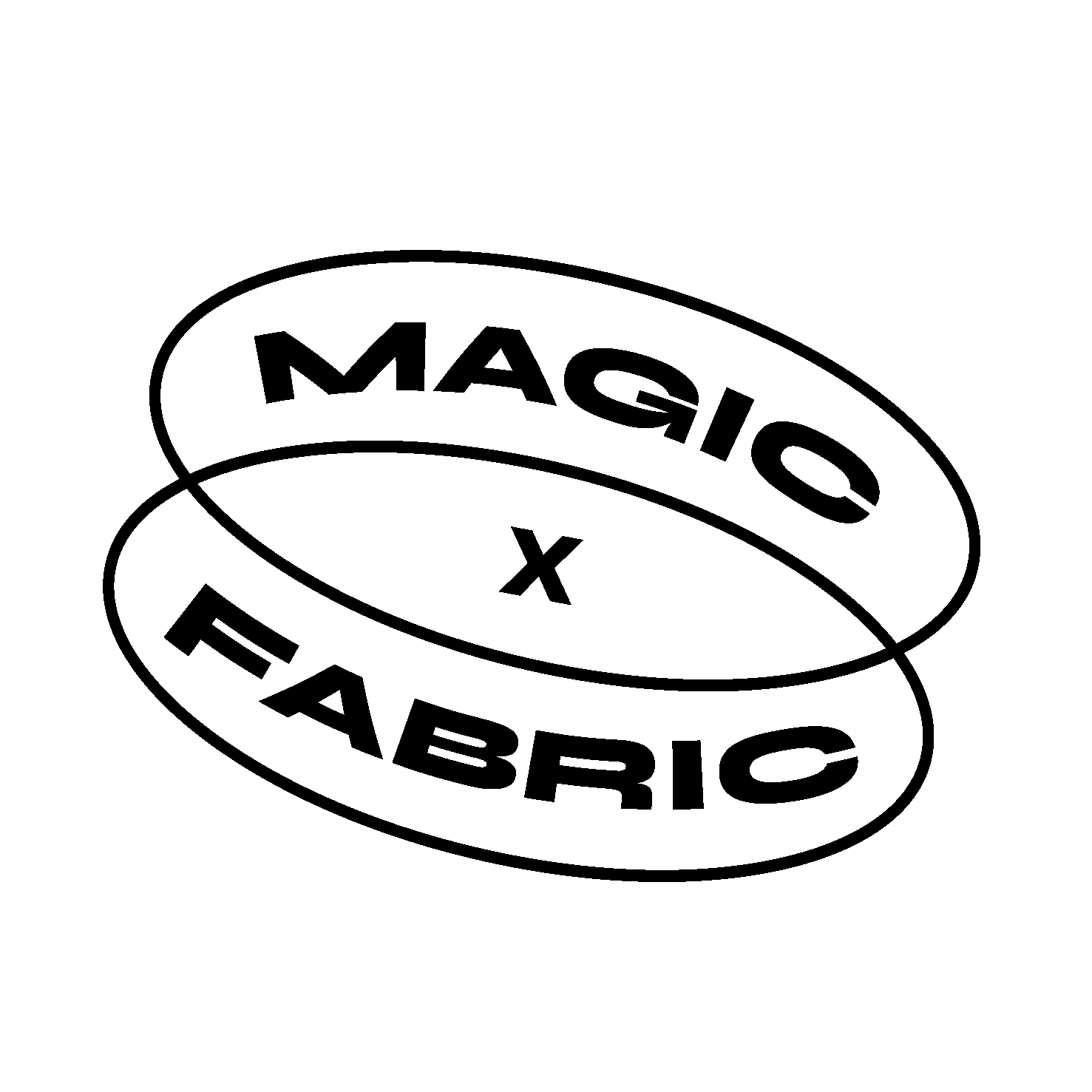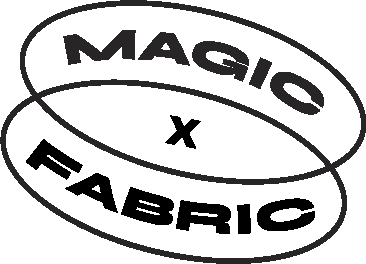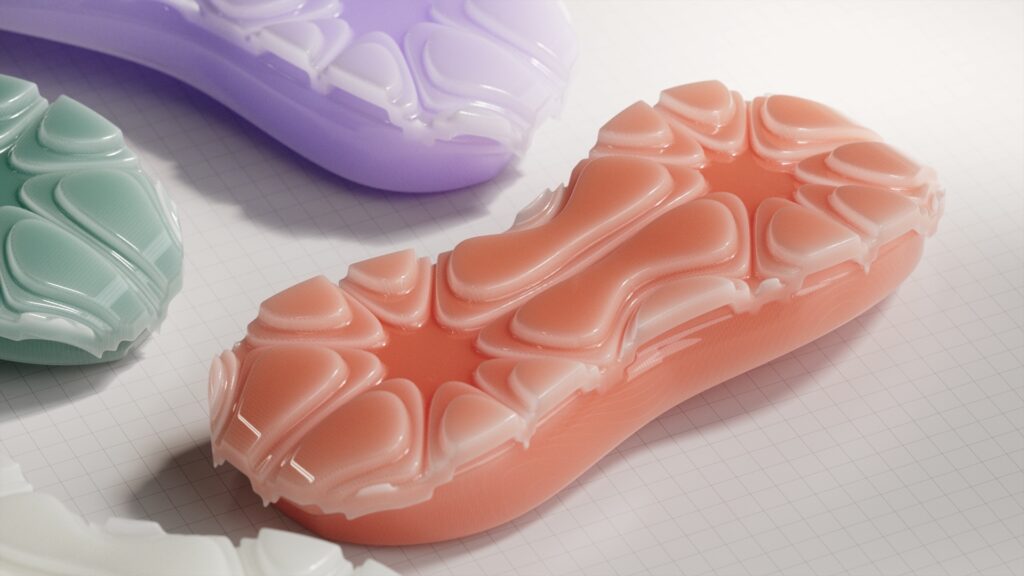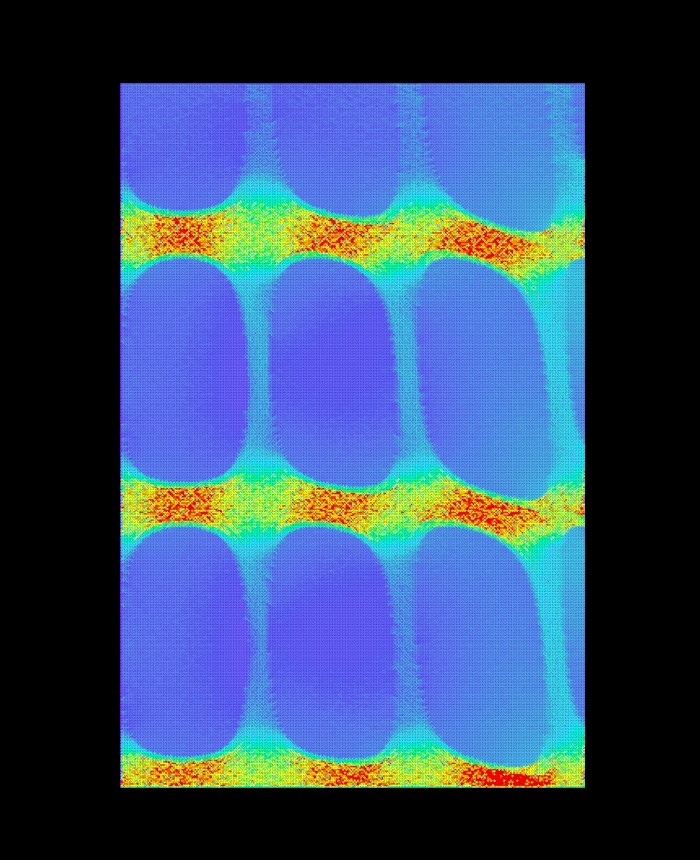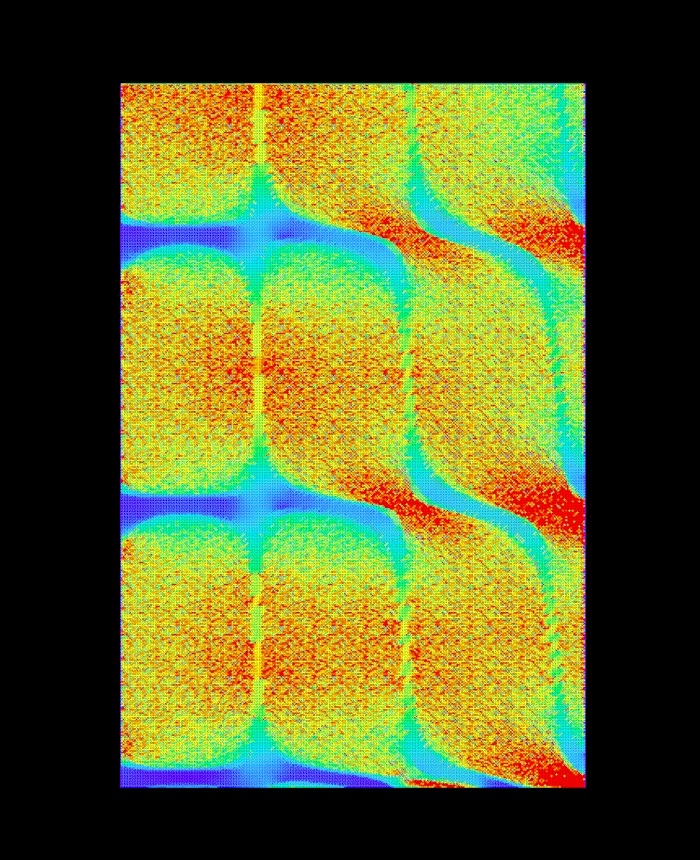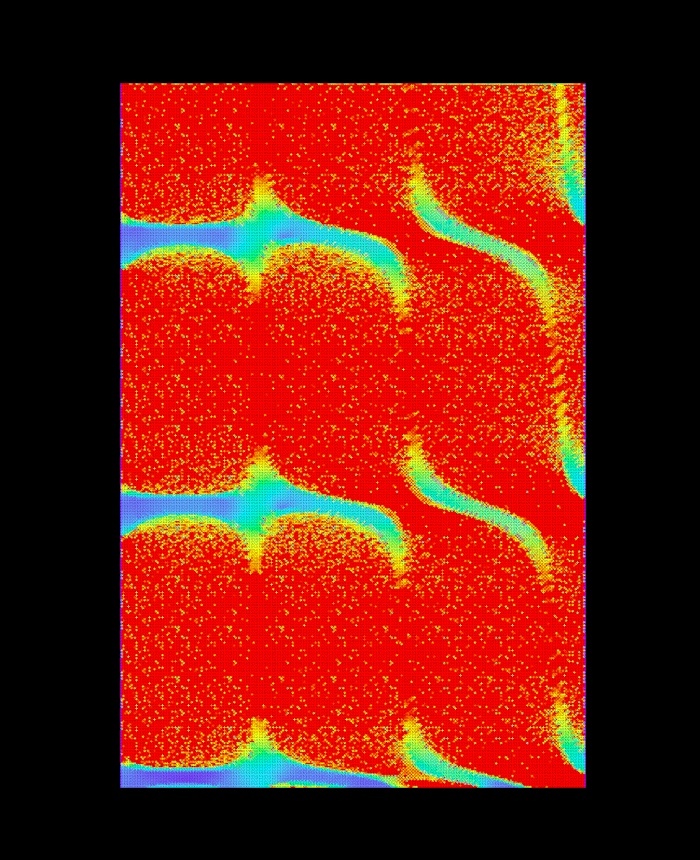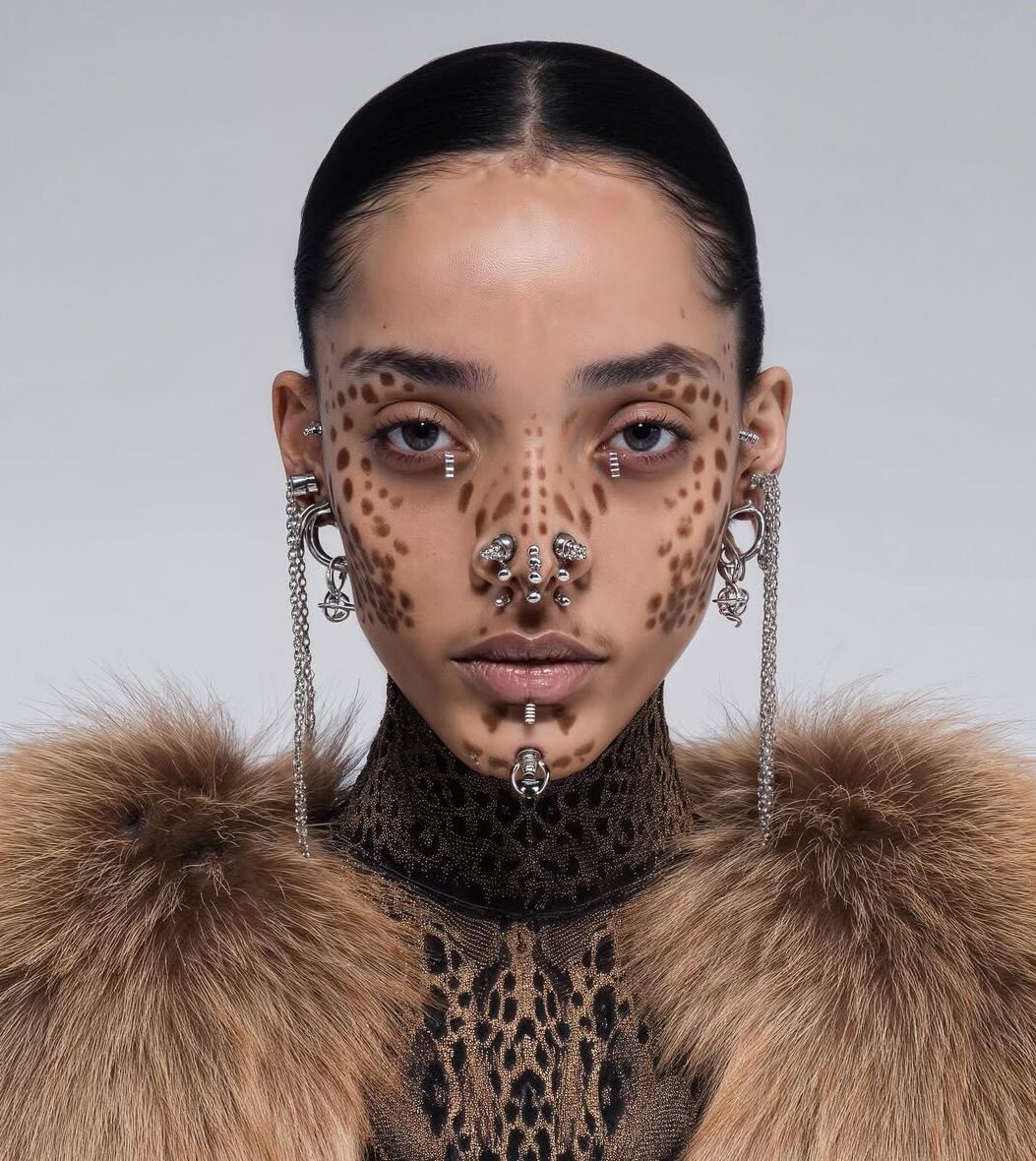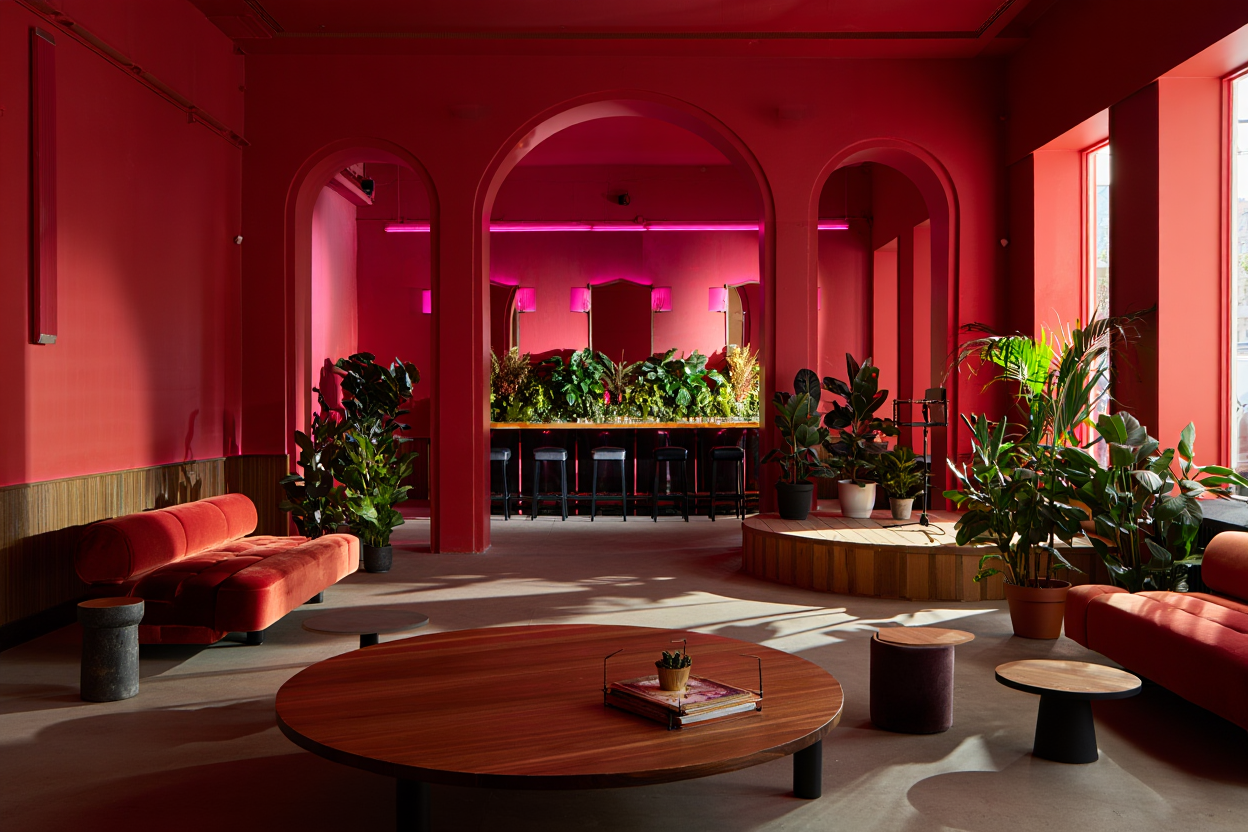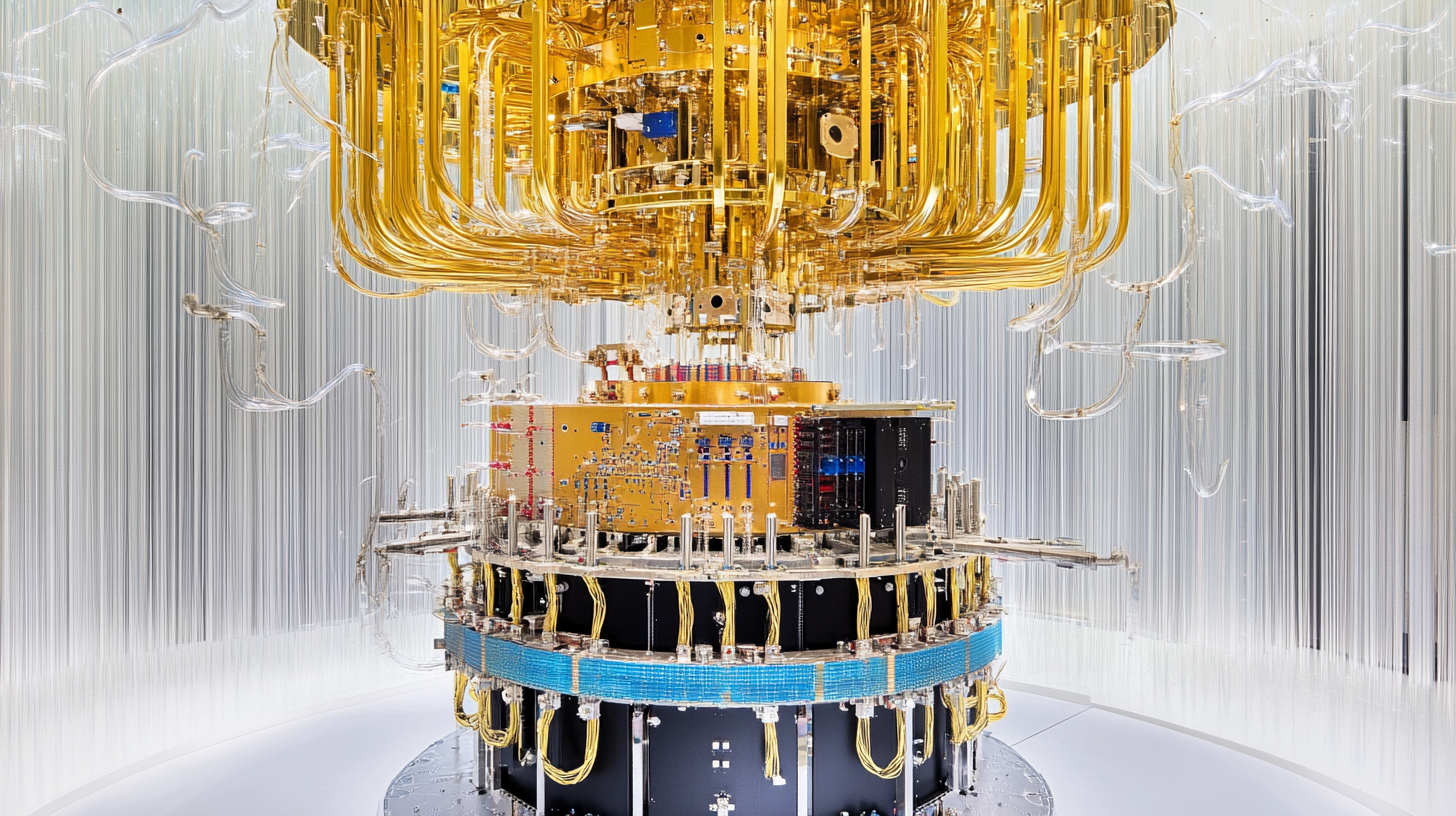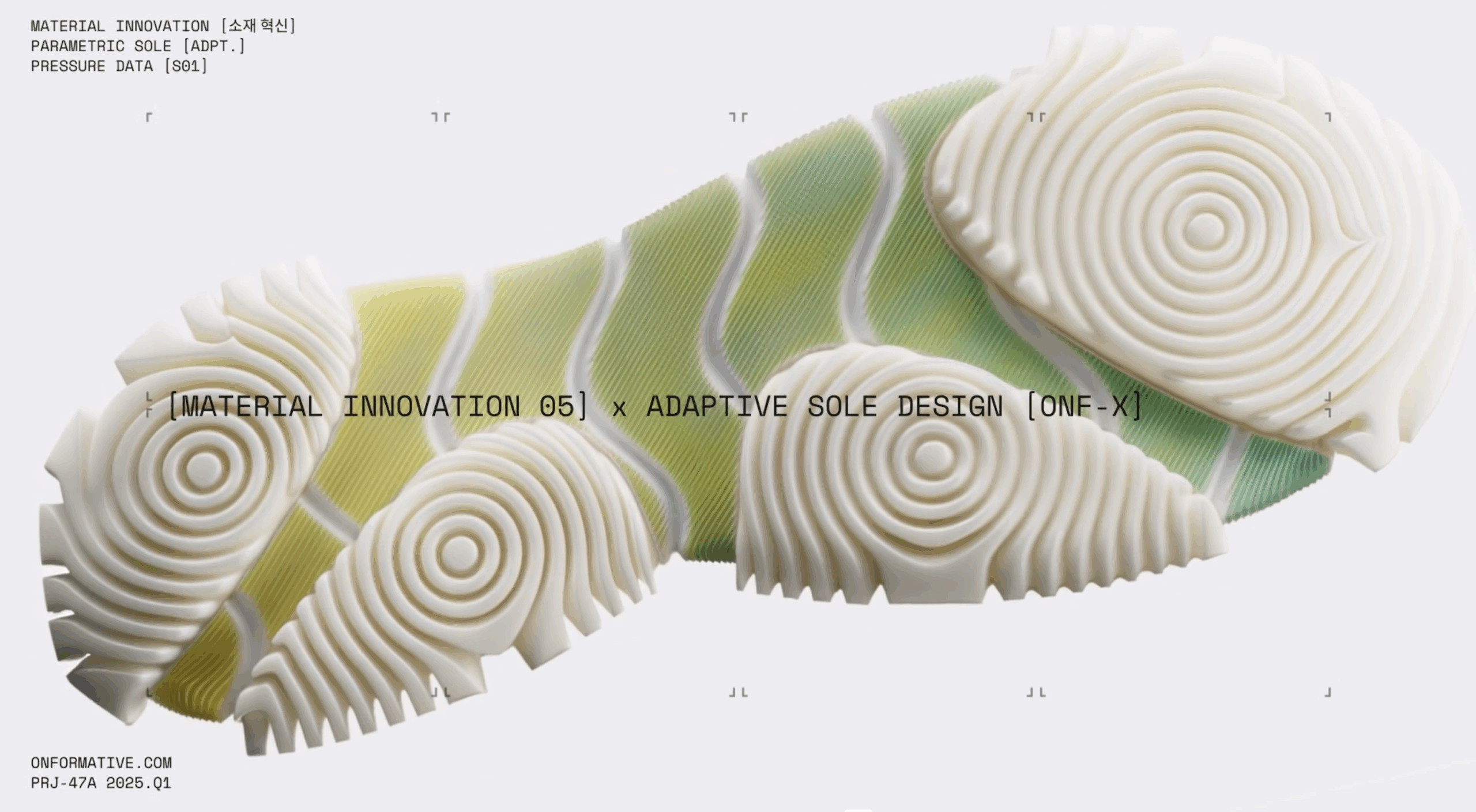
Can the Laws of The Universe Guide a Design Process?
Berlin-based studio onformative has been exploring that very question, turning the mathematics of sound vibrations into a creative tool. The result: textiles, forms and structures that take unexpected directions—shaped by a process of controlled randomness at the magical intersection of human and machine.
Physics is out here drawing for you — does that feel like cheating, or more like collaborating with the universe’s design department?
–It’s definitely collaboration rather than cheating. We intentionally chose the Chladni sound pattern algorithm, a well-known physical behavior that visualizes sound waves, to demonstrate how even simple computational models and well established natural phenomena can unlock unexpected design possibilities through creative reinterpretation and manipulation. What’s fascinating is that we’re not just copying what physics shows us; we’re using it as a foundation for “controlled chance.” We know what we’re doing and have an idea of expected outcomes, but there’s still uncertainty that leads to genuinely surprising results.
The Chladni patterns became our starting point precisely because of their apparent simplicity, visual variation potential, and inherent capacity for manipulation through variable data input. This offers exceptional control over diverse material characteristics while maintaining that element of discovery. We’re essentially having a conversation with natural laws: they provide the fundamental principles of how materials respond to frequencies and vibrations, while we explore how to translate that understanding into practical innovations spanning performance footwear to adaptive fabrics. What makes it truly collaborative is that we’re not passive recipients of what physics or these computational processes offer. We actively reinterpret these patterns, translate them from 2D to 3D space, use them to control material density and structural attributes, and combine them with real-world data like athlete pressure maps and gait analysis. Physics gives us the foundation, but human creativity and intention shape how that foundation becomes functional, beautiful, and meaningful in real applications.
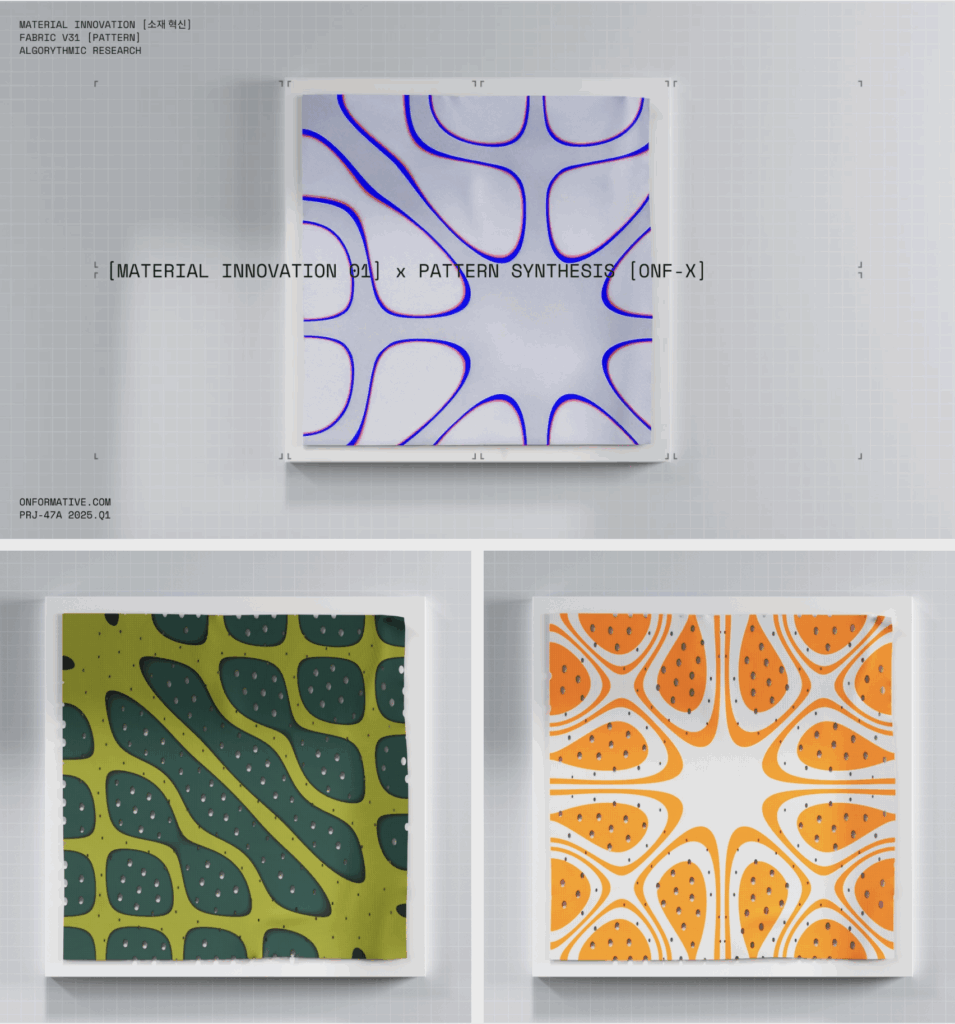
What first inspired you to explore algorithmic models in this project? Was there a particular curiosity or challenge that set things in motion?
–There wasn’t a specific problem we set out to solve, but rather a broader questioning of how and where to apply innovation beyond traditional image-making or visual expression. We’ve been working in creative coding and generative design for years, so we’re familiar with complex computational systems from various fields. For this project, we deliberately did the opposite, we chose a simple, well-known approach to show the incredible flexibility and potential that lies in straightforward setups when combined with data and inventive interpretation.
Our research began with an analysis of the diverse spectrum of computational approaches, from organic forms of generative design to the precision of mathematical models to the dynamic possibilities offered by various simulations. But we intentionally settled on the Chladni pattern method specifically because we wanted to demonstrate how even established techniques can unlock unexpected design possibilities through reinterpretation, manipulation, and inventive combination.
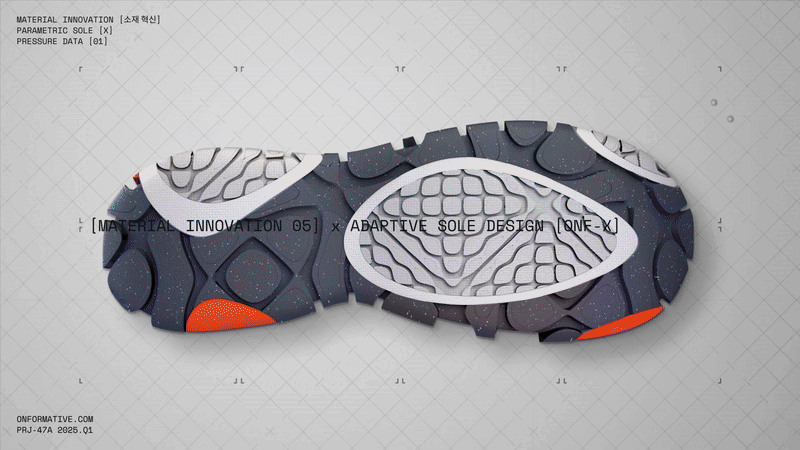
How can applying a mathematical model not only change the visual design, but also influence the technical performance of a material or product?
–This is where the real magic happens, the seamless translation between data, computational processes, material properties, and visual outcomes. Our research demonstrates several ways this interconnection works in practice. For example, we can input real athlete information like pressure maps from gait analysis or sweat maps captured during dynamic athletic movements, which our systems then use to influence material behavior in specific areas of a shoe sole or fabric. These computational changes to physical characteristics get visualized as colorful heat maps or tension data, which create new aesthetic patterns. So you have this beautiful cycle: information informs material properties through computation, processes change how the material behaves, and that behavior gets visualized to create new aesthetic possibilities.
In our fabric research, we developed textiles from threads with different structural attributes, woven together using code-driven structures, which determined how the fabric stretches and moves in our virtual stretch simulation. This stretch behavior was then translated into visual patterns through colorful gradients that showcase tension forces, patterns that work on a purely aesthetic level while being rooted in functional performance metrics.
Our exploration extended beyond purely decorational applications to investigate directly manipulating physical characteristics and embedding real functionality. This involved techniques like data-driven material removal by strategically cutting holes based on pattern density, and applying reinforcing patches, stitches, or structural elements made of other materials, all informed by the underlying computational framework.
When we moved from 2D to 3D, we translated flat patterns into three-dimensional structures using the same systematic logic, extruding them into complex forms and dynamically adjusting variables based on input values. This resulted in evolving structures with varying material density along the z-axis and in localized areas, creating complex three-dimensional forms with diverse physical properties. The third dimension unlocks tremendous potential, allowing us to precisely control structural behavior and achieve targeted areas of strength or flexibility within the form, while also developing visually compelling aesthetics tailored to individual preferences.
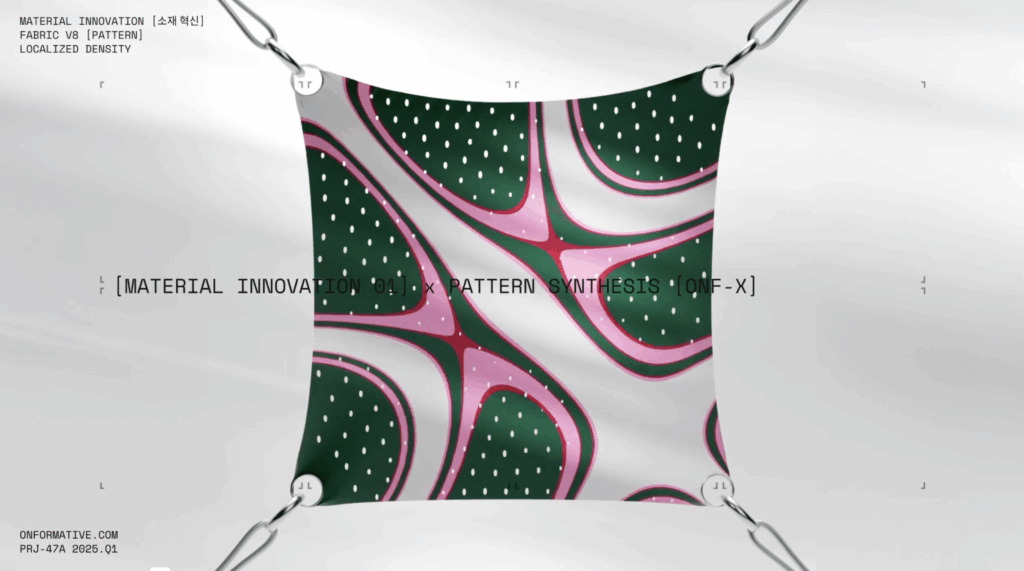
When working with these models, do you feel like scientists conducting experiments, or creatives guiding a technology-powered design process?
–It’s definitely a mix of both, which is what makes this work so compelling and unique. There’s an aspect of scientific exploration where you let go and combine things in unusual ways, what I call “controlled chance.” You need clear direction and understanding of how to develop and apply computational methods, but you also open up space for exploration and discovery.
The human guides the entire process, systems react to input and deliver output, but what that’s used for, what the input is, and the purpose behind it all is human-defined. While these tools work as interesting new instruments, in the end, humans define the direction and intention. When certain promising directions emerge and become clearer, that’s where experience becomes crucial because you need to steer toward specific outcomes. This is where innovation must be applied, not just about making art, but about developing concrete results that have real impact.
The artistic direction is equally important. We’re not just running experiments to see what happens; we’re intentionally exploring how these tools can enhance material performance, enable tailored experiences, and unlock entirely new possibilities in form and function. We’re investigating the transformative potential of computation in product development, seeking innovative approaches to material development and fabrication.
What’s been the most visually surprising thing you’ve discovered while working with this approach?
–The sheer versatility and variation possible from one simple logic continues to amaze us. Sometimes it’s just slight numerical changes based on your input that open up completely new worlds of possibilities, each of which can be interpreted in multiple different ways simultaneously. The fact that you can seamlessly move between dimensions, time, space, 2D, 3D, and translate between them consistently leads to surprising results. What particularly surprised us was how the translation of different information types to different physical characteristics opens up possibilities we hadn’t anticipated. For instance, seeing how shoe sole designs can change flexibility and stretchability based on pressure maps, developing these organic, data-driven patterns that are both functional and beautiful. Even though we understand the underlying principles, the applications still surprise us.
One of the most unexpected discoveries was in our fabric simulation work. When we translated the tension forces within the fabric into colorful gradients and patterns, we realized we weren’t just visualizing technical information, we were developing an entirely new aesthetic language that bridges performance and visual expression. The patterns that emerged from pure functional analysis became compelling design elements in their own right.
You work at the sweet spot between technology and creativity. But let’s be honest — is there still a ‘no-go zone’ where only the human touch belongs, or is the algorithm coming for everything, even our imagination?
–Intuition and innovation remain absolutely essential, and I don’t see that changing. Computational systems are sophisticated tools that react to input and deliver output, but the human defines the purpose, controls the input, and decides how to apply the results. These tools can’t take over because they don’t have intention, vision, or the ability to make meaningful connections between disparate concepts, which is exactly what we tried to explore with this research project.
What’s particularly human is the ability to work across disciplines and make unexpected connections. Talking to and meeting with other innovators from robotics, material research, architecture, that cross-pollination of ideas is something computational systems can’t replicate. Humans excel at taking insights from one field and applying them inventively in another, at seeing patterns and possibilities that span different domains of knowledge.
Our research intentionally excluded AI to demonstrate how far we could push simple computational methods and generative approaches through human insight and vision. While we’re excited about AI technologies and have been exploring them since 2017, this project showed that human-guided systematic processes still have tremendous untapped potential.
The human role is evolving rather than disappearing. We’re becoming curators, directors, and interpreters of computational possibilities. What we’re really doing is shaping new perspectives on how technology and innovation can work together. As we can generate more options faster than ever before, the ability to select, refine, and purposefully direct these tools becomes more valuable, not less. The algorithm provides the vocabulary, but humans write the meaningful sentences – and more importantly, we decide what stories are worth telling.
What technologies are you most excited about right now, and how do you see them changing creative practice in the next year or two?
–Of course we are currently most excited about AI technologies, which we’ve been exploring and researching for several years now, starting with our first project about AI co-creation in 2017, continuing through our AI Sculpting project in 2022, and our AI Inspiration Tool in 2024. While AI is definitely one of the most impactful and exciting fields of technology at the moment, “Material Innovation” purposely excluded AI and focused solely on simple but effective algorithms and generative design.
Now it will be exciting to see how this foundation could be pushed even further when combined with emerging tools, more sophisticated systems, and digital fabrication capabilities, which is what we’re currently looking into. The intersection of our data-driven material research with AI capabilities and advanced manufacturing could unlock entirely new possibilities for responsive, adaptive materials.
There’s a massive shift happening in how projects evolve and are developed. You can see it across different fields where production, concept, and development time is being heavily reduced. What used to take weeks or months can now be done in days through new tools and methods. This acceleration enables rapid iteration and exploration of possibilities that would have been impractical before.
But there’s also an interesting counter-movement potential where we might see value in deliberately taking time to develop and explore something new, to go deeper rather than just faster. The challenge will be finding the right balance between leveraging the speed and capability of emerging tools while maintaining the depth and intentionality that develops truly meaningful work.
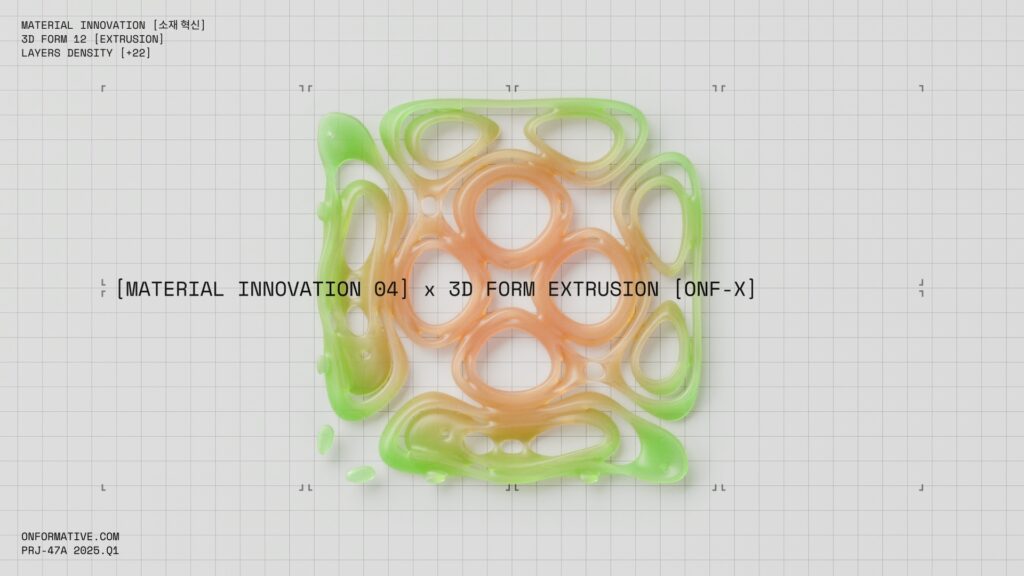
Who’s inspiring you at the moment? Any peers, artists, or studios we should keep our eyes on as we head into 2026?
– Rather than specific artists or studios, I’m most inspired by the conversations and the exchange happening across disciplines. Speaking at conferences and symposiums, meeting innovators from all different disciplines and seeing how everyone is navigating this rapidly changing landscape is incredibly energizing and informative.
What fascinates me is how different fields are responding not just to emerging tools like AI and advanced fabrication, but to the broader challenges we face as both practitioners and humans. Each discipline brings unique perspectives on how to apply innovation, how to develop responsibly, and how to move forward in a world where the tools and possibilities are evolving so rapidly.
This cross-disciplinary exchange of ideas and approaches is what truly inspires and influences our work. It’s exactly this kind of collaboration and idea exchange where humans still exceed AI capabilities. The future isn’t about individual genius or isolated studios developing breakthrough work; it’s about how we combine our different expertise to tackle complex challenges together. Some of the most exciting developments I’m seeing come from teams that span multiple disciplines, groups that include not just designers and technologists, but also scientists, engineers, anthropologists, ethicists.
This approach reflects our belief at onformative, that practices need to evolve structurally. The challenges we’re facing now are too multifaceted for traditional studio models. They require more agile, interdisciplinary teams that can shift between research and application, between experimentation and implementation. Today’s problems don’t have single solutions, they need collaborative approaches that can adapt to complexity and uncertainty. The most effective studios are becoming hybrid spaces where artistic vision meets technical expertise, where speculative thinking informs practical solutions, and where the boundaries between disciplines become productive spaces for innovation rather than barriers to overcome.
